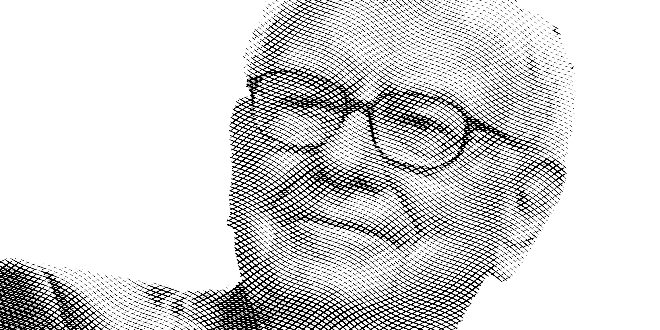by Hubert Marleau, Market Economist, Palos Management
Market strategists expend a lot of time and effort trying to put numbers on where the market is heading. Of course, this has a lot to do with earnings and interest rates. However, it’s important not to lose sight of valuations. In the week ending September 3, 2021, the S&P 500 registered another all-time high, closing at 4536 for a weekly gain of 0.6% or 27 points. Global equity funds took in another $19.3 billion, building the year-to-date to a whopping $712 billion. Money market funds have $4.3 trillion of idle cash, giving zero returns.
Although peak growth is behind us, business activity is still vigorous, the financial system is free of stress, the banking industry is awash in liquidity and the central bank is friendly. The economy is in fine shape and the recession risk practically non-existent; on the contrary, it has plenty of room to expand. It’s operating way below full-capacity at a time when there are excess private savings, excess bank reserves, and high numbers of out-of-work people combined with a lot of available jobs. Thus the stock market bull-run should continue if valuations are out of whack with recent historical comparables.
The pre-pandemic high for the S&P 500 was around 3400, which occurred in February 2020. At that time, the 12-month forward earnings-per-share was $162.50 and the P/E was 20.9 times. On Friday, the S&P 500 was 33% higher than it was back then. Currently, the broad market has a 12-month forward EPS of $215.00 and a P/E multiple of 21.1 times. It looks as if there is no difference. Yet, there are several. The financial and the monetary conditions surrounding the stock market are significantly and strikingly more favourable than they were back then. The DXY is much cheaper. Ten-year bond yields are lower. The yield curve is considerably steeper. The Fed’s policy rate is inescapably a lot lower than the neutral rate. Credit spreads are substantially narrower and ultra sensitive commodity prices are appreciably higher. Interestingly, the measures of volatility like the CNN Fear and Greed Index and the VIX are similar. With exceptions made for the perma-bears, market strategists are remaining constructively positive, shrugging off the big job miss. They are betting that any pause in growth will pass as the Delta wave recedes.
The American Economy slowed abruptly in August, adding only 235,000 jobs, a sharp drop from the huge gains recorded earlier in the summer and far fewer than the consensus expectation of 725,000. The employment report shows that the Delta variant of the coronavirus has administered a crushing blow to the labour market. There has also been a sharp decline in hours worked at restaurants and entertainment venues. The health crisis has softened several data points including consumer confidence. The depressing effect of the Delta factor has forced Morgan Stanley, Oxford Economics and Goldman Sachs to cut by half their growth estimates for Q3. And, the GDPNow casting models of the Atlanta and New York Feds have reduced their growth estimate for Q3 to an average annual rate of 3.75%.
The aforementioned omen is not as bad as might be perceived. In normal times, 235,000 new jobs and a 3.75% growth factor would have been considered as astoundingly good economic prints. Investors should take into account that last week, jobless claims reached a fresh pandemic low. Moreover, the ISM numbers for both manufacturing and nonmanufacturing indicated that business conditions remain very strong. The Delta factor is an awkward social cog; but the surge in Coronavirus caseloads has not challenged the re-opening theme. The stubbornness of the virus fuelled by its transmissibility within large pockets of unvaccinated people is pushing public and private organizations to manage the public health crisis better—vaccination proof is required.
Inflationary implications of rising wages which were reported in the NFP and ISM prints were a bit disturbing. The market price for cryptocurrencies and gold rose while those for U.S. bonds and currency fell. However, fears of overheating were not serious enough to jeopardize the Fed’s monetary plan.
The cooling of the economy will likely continue to prioritize employment over inflation compelling the Fed to remain cautious for a while longer. Suffice it to say that Jerome Powell will stick with the Jackson Hole script until the September employment situation is better known in October.
We shall have a more fitting and conclusive idea of the Fed’s intentions about the taper-timing of its asset purchase program in September when it will officially unveil its economic forecasts for inflation, employment and growth for 2021, 2022 and 2023. If the monetary authorities were to continue labelling current inflationary conditions and the public health crisis as being temporary challenges, we might indeed be in a “Goldilocks” macroeconomic conjecture. My belief is that Powell will stick with his August script until after the September employment situation is known in October. A formal taper announcement will then likely be in November.
Copyright © Palos Management














